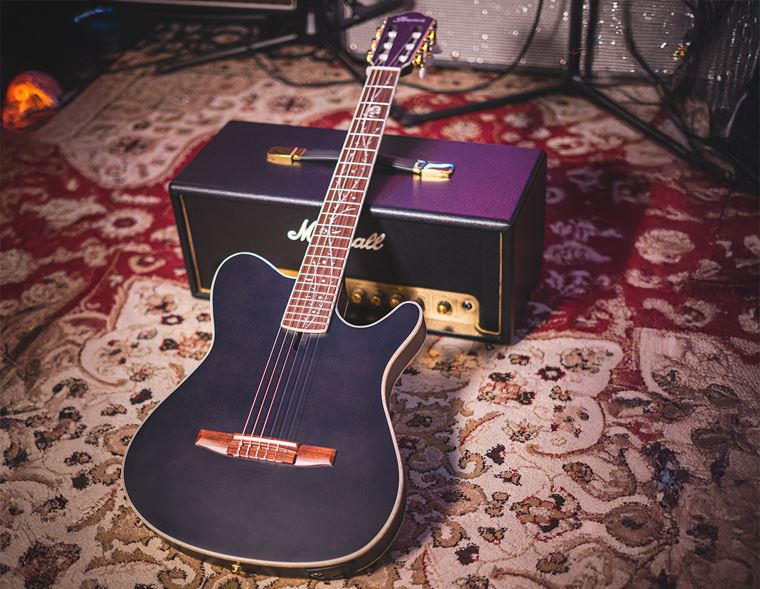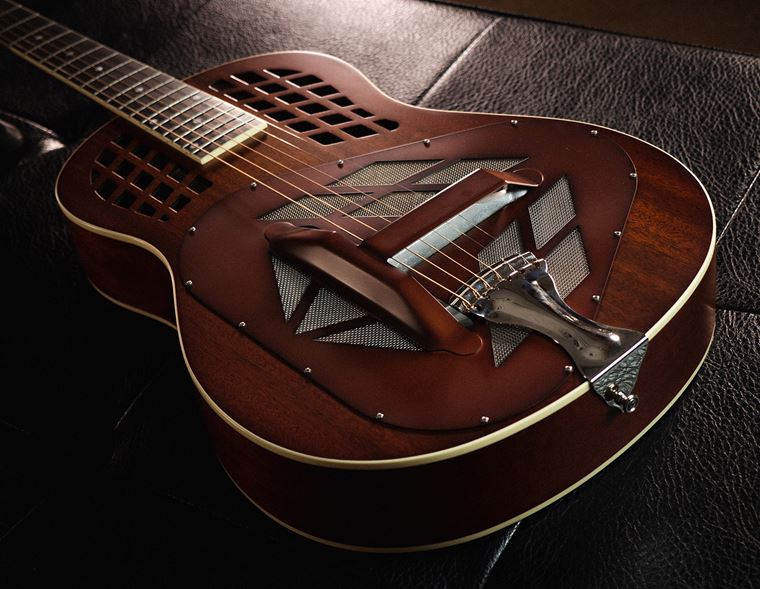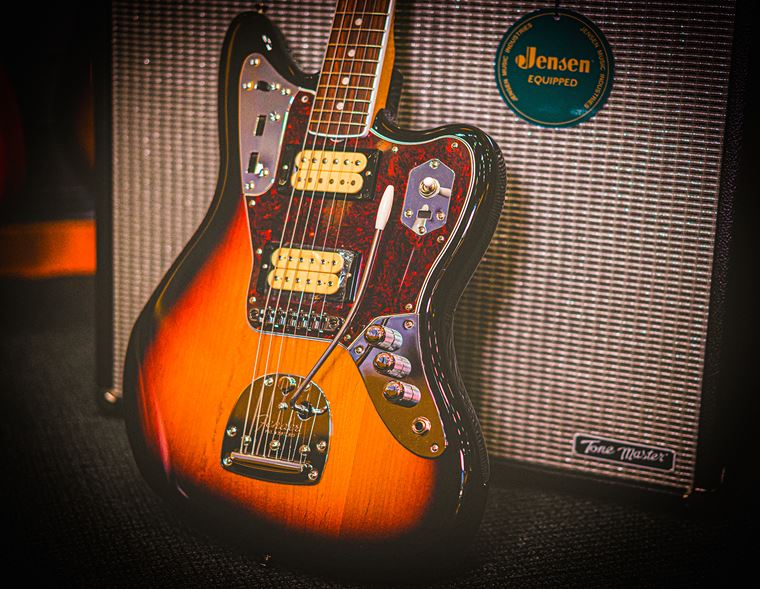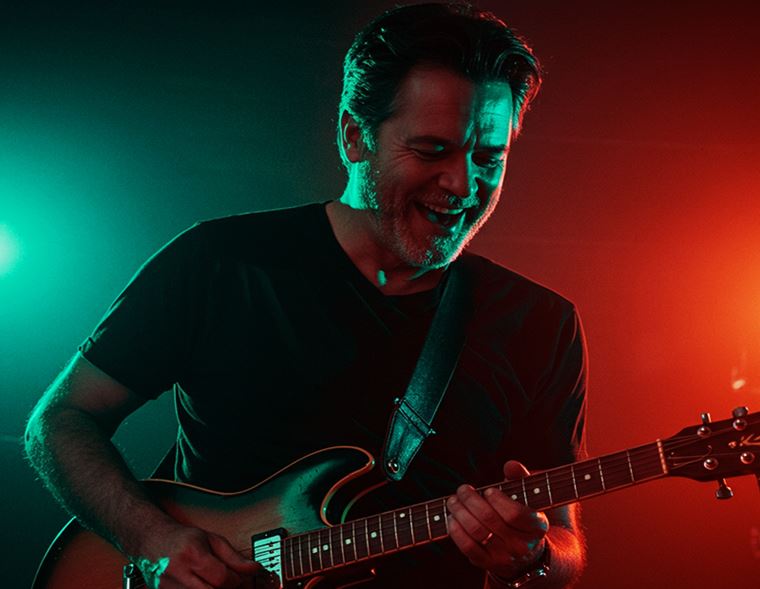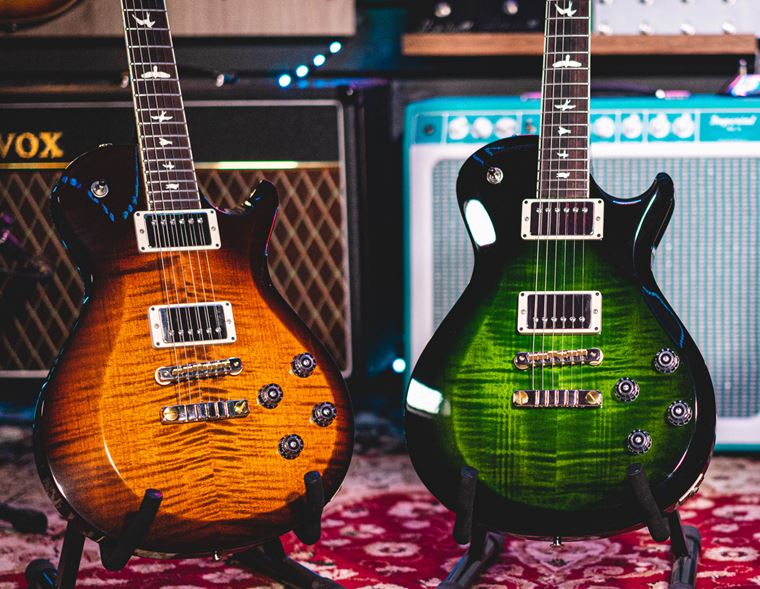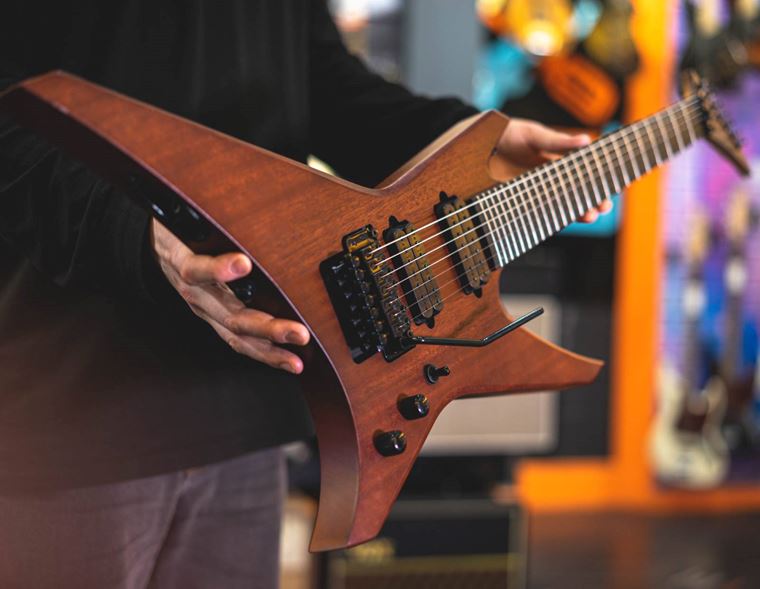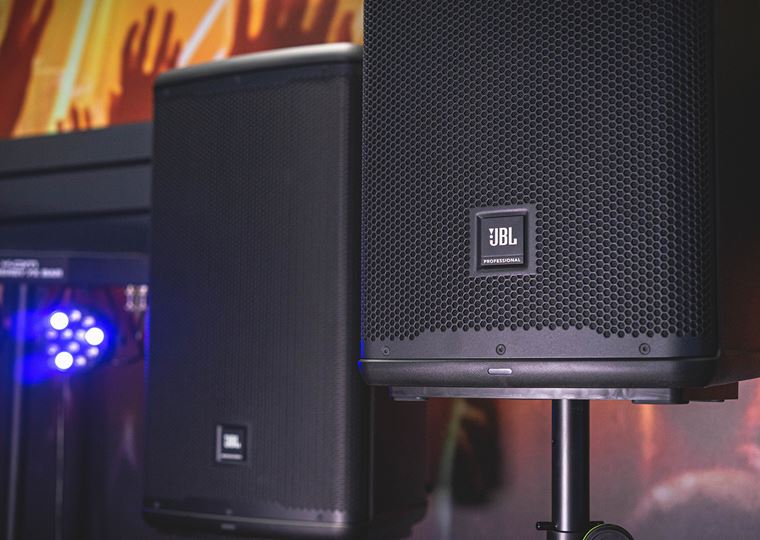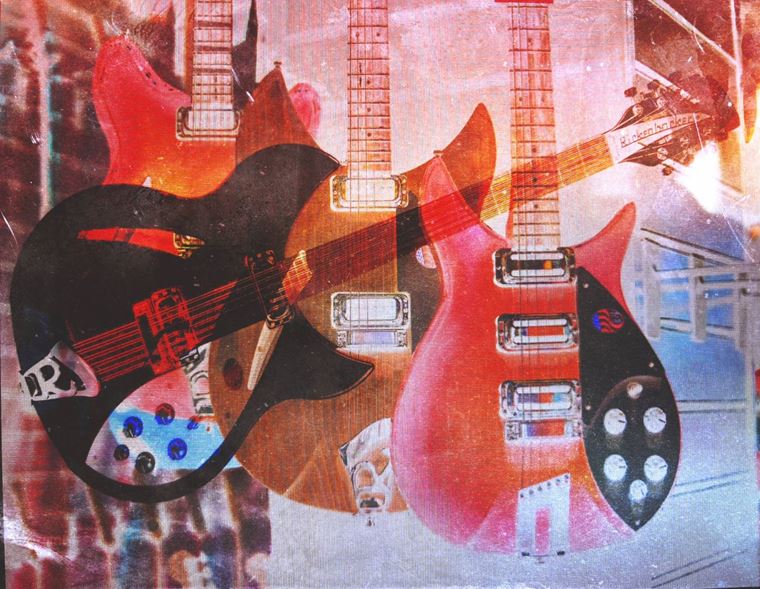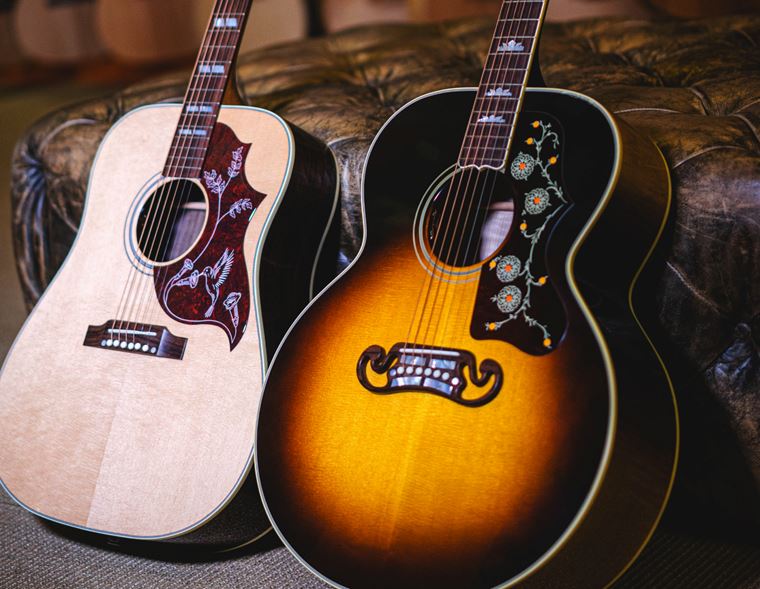Beginner Guitar Amps: Our Guide to Buying Your First Guitar Amp (Updated for January 2025)
You're looking for beginner guitar amps and I want to help you! So let me join you on your journey as I bring to you my guitar amp buying guide for beginners.
Today, I aim to demystify the world of amplification for you. Guitar amps play a huge part in your guitar playing journey: from inspiration to just increasing the fun, a good beginner guitar amp is an important step.
Whilst some amps are best suited for at home practice, others are made for world wide stadium tours. With an endless variety of styles, brands and sizes, I can imagine that when it comes to buying your first guitar amp it may seem a little, well, scary! Today, I want to arm you with knowledge, insights and a few beginner guitar amps that will be great choices for you. Those world-dominating stadium amps will come in time: today we want to rule your practice space or home!
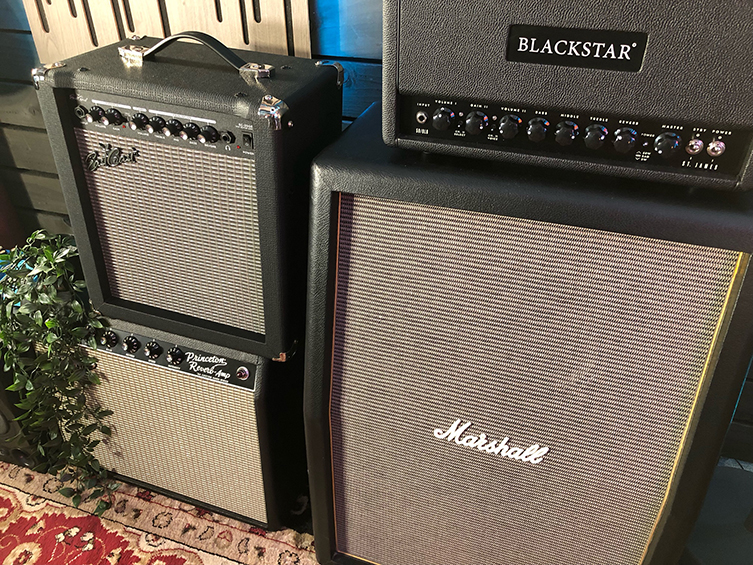
If you feel bewildered by what is essentially a box with speakers, I'm here to help. As somebody who has played literally hundreds of different guitar amps (and sold hundreds more of these to customers over the years), I have a lot of experience available to pass your way. Today is all about that: I have created a simple and straight-talking guide to what to look for, what you need and what you don't. I'll keep my terms simple, and explain the jargon as we go along. So, fasten your seat belts. Here we go!
Contents
- What Type of Music Do You Play?
- Volume and Wattage
- Tones and Effects: What Do You Need?
- Consider Amp Size and Portability
- Different Types of Guitar Amps
- Best Guitar Amps for Beginners
Firstly, let’s ask some important questions and get to grips with certain parts of the lingo and terminology...
What Type of Music Do You Play?
What sort of music do you play? And why does it matter here? Well, when it comes to amplifiers, they all tend to have their own strengths in terms of sounds. Some are better at cleaner sounds, some are great with heavier tones and others excel at effects. Many will actually be good at a few of these, but it’s still well worth thinking in advance about what styles you might like to play before you shell out for a new amp. Why not get something that most closely suits your taste?
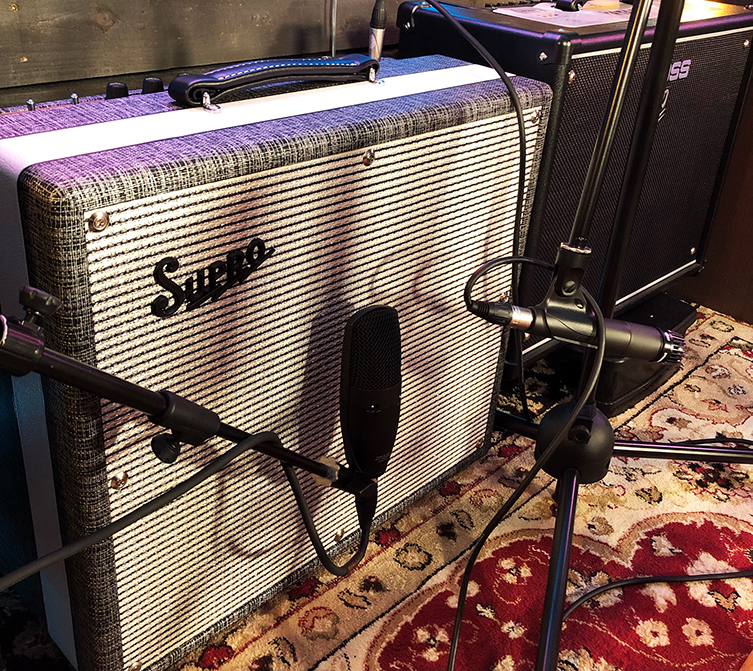
Volume and Wattage
Now onto a subject that is often misunderstood. By that, I don’t mean that your neighbours are ‘misunderstanding’ when they complain about your volume levels. No, what I mean is, many guitar players - whether beginners or experienced players - often mix up the subjects of volume and wattage. They’ll talk about an amp’s volume in terms of wattage, and it leads to confusion in many cases.
Let me clear this up. Volume - how loud something is - is measured in decibels. We don’t actually tend to talk about decibels in the guitar world, and I don’t have a great answer as to why that’s the case. The thing to remember is that wattage isn't actually a meaure of the amp's loudness. Strangely, a 100w amp is only around twice as loud as a 10 watt amp of the same gereal design.
Wattage, then, is a power rating. It describes how many maximum watts of power is being handled by the amp. It really isn’t much to do with volume, apart from the fact that a more powerful amp (a higher wattage) most often leads to a louder sound. Make sense?
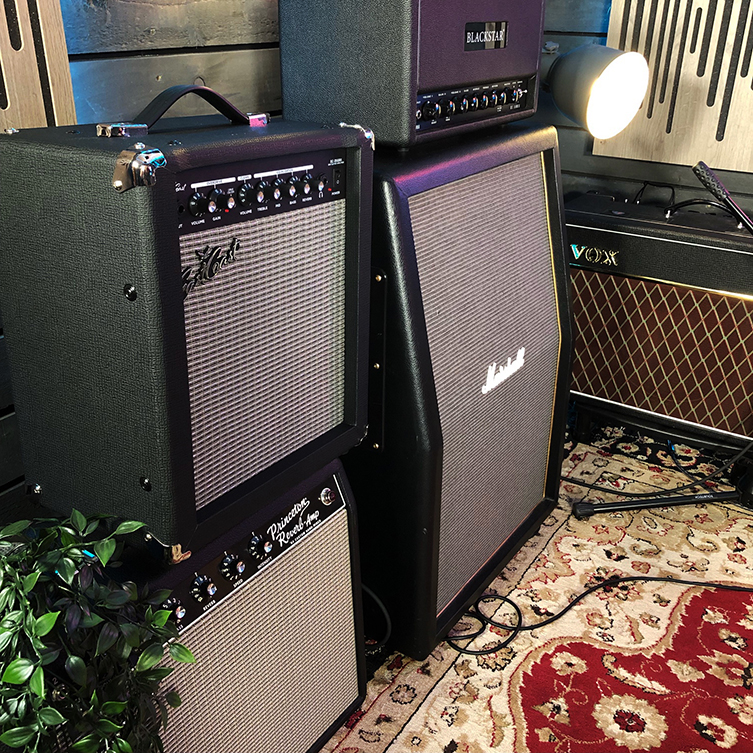
What’s even crazier is that two different models of amplifier with the same wattage can be very different volumes. It’s more to do with how the amp is designed, and how efficient the circuit is. A 40 watt amplifier is likely to be louder than a 15 watt amp, but there are more factors at play there than the elusive ‘wattage’ confusion.
The takeaway here is that it doesn't matter too much about the wattage, as long as you’re sensible! Keep the number low (ten, fifteen, twenty watts) and then it’s a matter of dialling in the sound you want to hear. If it sounds too loud, there’s a good chance it is!
Most guitarists have an amplifier for gigging with and a smaller one for practising/playing in the house. All of the amps today will be great for playing in the house, and some may take you further!
Tones and Effects: What Do You Need?
I think it’s important to have a good think about what you want from your amp in terms of sounds. By this, I mean: do you need loads of sounds and effects, or are a few tones more than enough for you? Speaking generally, the more effects and sounds an amp has, the more complicated it tends to be to operate. You may relish the extra controls, or they may put you off: it just depends on how you feel about these things.
Some amplifiers are very straightforward, such as the EastCoast EC-35 RGII. This amp has a clean channel (‘normal guitar tone’) and an overdrive channel (‘distorted rock sound’), which you switch between. On top of that, there is a built-in reverb, which is a sort of echoing effect. That’s it!
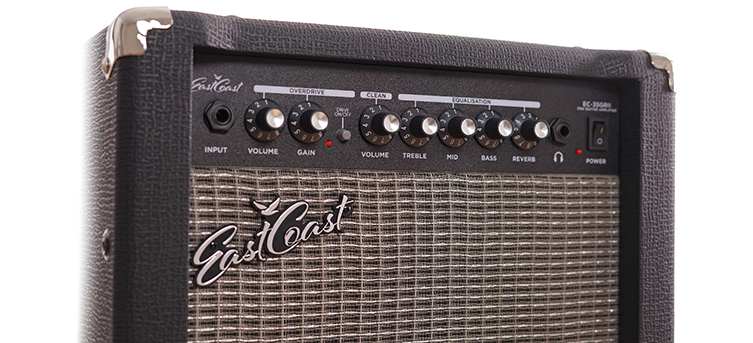
Contrast that with a rather more complicated amplifier such as the Line 6 Spider V 30 MkII, for example. This is a digital modelling amp (more on this shortly) so it hosts a catalogue of amp tones that range from very to distorted, and the various points in between. As well as that, there is a whole selection of digital effects available, including reverbs, delays, choruses and much more. Naturally, this will appeal to those who want to try out effects, but all of this choice comes with a control section that is more complex than the simple front panel of the EastCoast model.
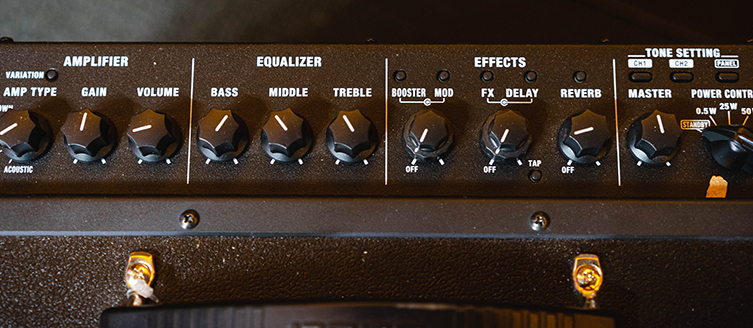
There are amps that sit in between these two extremes, though. The BOSS Katana and the Blackstar ID Core range of amps, for example, pack a lot of amp and effect sounds into their designs, but do so in a way that’s pretty fast and straightforward to learn. I’d suggest checking out this type of amp if you’re looking to have fun with lots of sounds, but don’t want to be bogged down with having to search through menus and so on to find different options.
Consider Amp Size and Portability
Picture where you expect to be playing guitar most often. Is it a bedroom? A living room? Wherever it may be, it’s an important factor to consider where your amp is going to ‘live’, and even indeed whether it’ll get moved around a lot. We have amplifiers of all sizes and prices, so it’s easier than ever to pick according to your requirements.
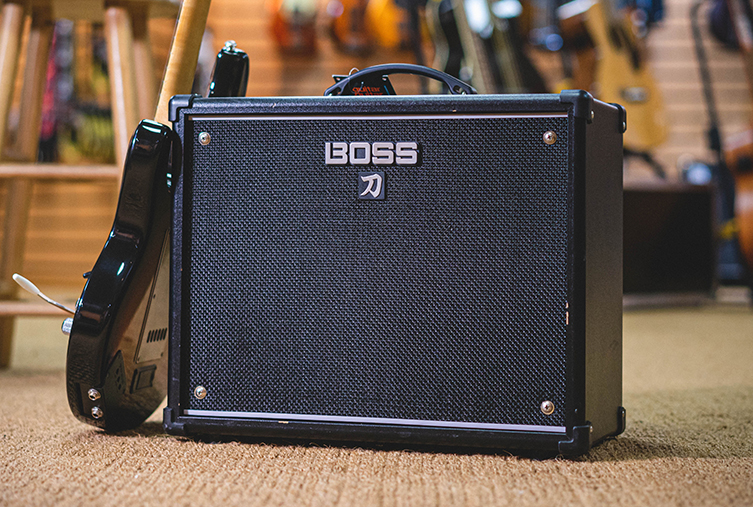
Do you need a small amp that can be easily moved around from room to room? Do you need an amp with a look that will blend in well with the interior design of a certain room? That might sound like an odd question but it’s an important one, trust me!
Different Types of Guitar Amps
You’ll have been seeing some different types of amplifier terminology creeping into the blog, so it’s time I clarified the different types of amplifier available out there. They don’t all necessarily relate directly to beginner amps, but it’s always handy to know the difference regardless!
- Valve/Tube Amps: This is the oldest style of amplification, and uses ancient vacuum tube technology in the amp’s circuitry. These valves wear out over time (like light bulbs in many ways) and require replacing. Valve amps are considered to be the source for most of the greatest guitar sounds out there
- Solid State: The main alternative to valve amps until digital technology came along, solid state amps (also called transistor amps) are common for beginner amps since they are cheaper to produce than valve/tube amps. Initially criticised for their lack of warmth, modern day solid state amps sound great and are used in many professional situations
- Digital Amp Modellers: This type of amplifier uses digital circuits to mimic famous amps and effects from the history of the electric guitar. These amps give you vast collections of what are essentially ‘sampled’ guitar sounds, and the results - whilst still variable in relation to price - can be so realistic that even pros can’t tell the difference. Lots of affordable practice amps use this type of technology to create their sounds
- Headphone Amps - Headphone amps are any sort of device used for personal practice that uses headphones and typically does not have a speaker. The Fender Mustang Micro II (see below) and the Vox Amplug would be good examples of this: you plug them into your guitar, stick in a set of headphones and you’re ready to go! Headphone amps are great for people who want to practise without disturbing others, though it’s worth noting that most smaller practice amps have headphone outputs, too!
- Amp-in-a-box Pedals: This one doesn’t relate so much to our discussion today, but they are worth knowing about. An amp-in-a-box, or amp-in-a-pedal is basically the sound of an amp and a speaker combined and put into pedal form. Some players don’t want to use an actual amp: they like to use a modeller of some description and go directly to a PA speaker, for example. Those players might want to use an amp-in-a-box, and have it sitting on their pedal board next to their other pedals. Examples of these devices would include the Victory Kraken and the Friedman IR-X.
- Combos: Guitar amp combos are the most popular type of guitar amplification. Essentially, a combo amp keeps everything under one roof, making it extremely practical and a big win for many guitarists. They come under two major categories; valve and solid state.
- Cabinet/cab: Keeping it simple, a cabinet is just a really big speaker. A guitar amp cabinet takes the sounds generated by an amp head and unleashes them to you (or your sold out stadium audience) via speakers. Speaker cabinets for electric guitars come in a variety of sizes and combinations.
- Amp Head: A cabinet’s best friend! An amp head processes your guitar’s signal and them amplifies it through your cabinet speaker. Simple! They come in all shapes and sizes nowadays, so it’s really down to personal preference which one you choose…
- Stack: Here's an equation for you... cab + amp head = stack! Now, that's maths we like!
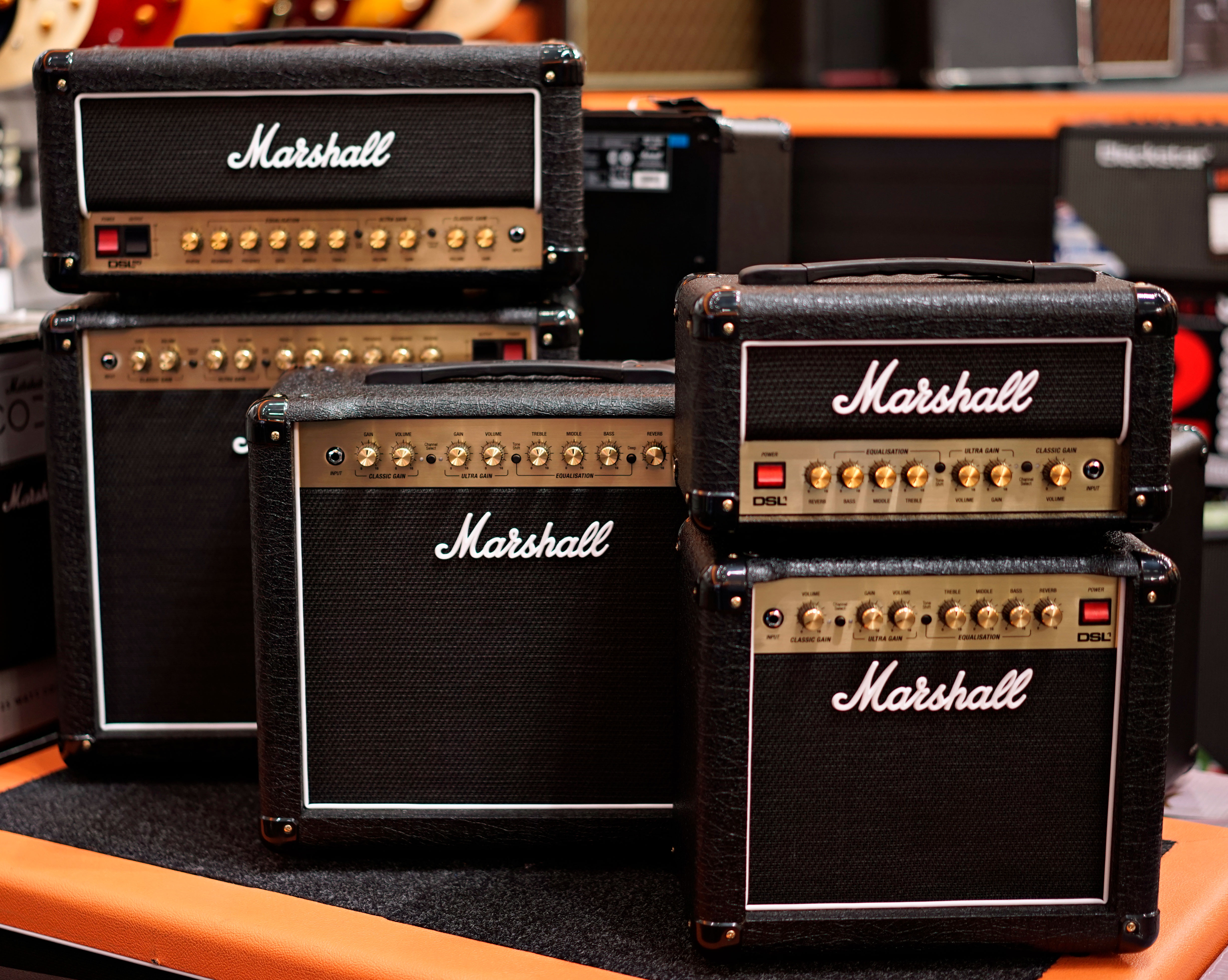
Best Guitar Amps for Beginners
Finally, let’s look at a few amps that I personally think are worthy of attention. Some are very simple, others are more complex, and all are different prices. Have a browse and read why I think these might be good for you!
Orange
I’m beginning with Orange amps today, a real British institution. Orange are world renowned for their cool look and gorgeous overdrive sounds, and they’ve done a very good job of transporting that signature sound down from a howling stack into a small solid-state combo.
The Orange Crush Mini is as simple and as effective as a little amp needs to be. It is inexpensive, sounds good, has a good look and contains an onboard tuner. It’s so small it’ll fit anywhere too.
The Orange Crush 20 is a larger sibling. There’s a 12 watt version too, but for a small amount more (it’s twenty quid dearer, currently), get the 20 watt model and you can have two channels for your sound: a clean ‘normal’ sound and an overdriven ‘rock’ sound. A larger speaker means this one will sound slightly hefter too. It’s still perfect for bedrooms, but 20 watts allows you to start thinking further afield, too.
Bassists will love the Crush Bass 25, which follows the same idea as the guitar models but uses a different circuit and a specially designed speaker for bass guitar.
Blackstar
Blackstar have definitely led this area of the market in recent years. Their digital ID Core amp range successfully nails a good selection of sounds for all players, but crucially, it’s exceedingly easy to navigate the controls and have fun without stopping to learn too much.
I’m lumping in both the ID Core 10 and the slightly larger ID Core 20 here, just to help illustrate what to expect for the slightly extra spend.
Both amps carry the same features and sounds: 6 ‘voices’ and 12 FX to add to those voices; savable preset sounds, USB functionality for when you get to a point where you want to start recording on your computer, and lots more features. Again, it’s not a hard amp to use, so the list of benefits won’t take you long to understand.
There’s also an app you can use - called Blackstar Architect - for getting in deeper with the sounds, though I’d point out that the amp functions entirely without it too, if you don’t want that type of experience (not everybody does!).
The real difference here is the physical size. Both amps feature ‘Super Wide Sound’, which is achieved by utilising two small speakers in stereo as opposed to the more normal single speaker in mono.The 10 watt amp has two 3” speakers, and the 20 watt amp uses two 5” speakers. I don’t think the power difference matters much here, but the physical size of the ID Core 20 translates to a bigger actual sound, which I think is more impressive and encouraging for fledgling players. For this reason, I think it’s worth spending the extra £40 and going for the ID Core 20, though either choice is a good one!
BOSS
The BOSS Katana 50 Mk II is actually quite similar in many ways to the Blackstar we just checked out. I’m including this one for those players who may be in a position to enjoy using a slightly larger, louder amplifier.
BOSS are industry heavyweights (in fact, they are the same company as Roland, the keyboard brand) and have long since proven themselves in terms of sound quality, functionality and robust quality. The Katana range sounds great, from pristine clean tones right through to absurdly heavy metal tones. If you’re able to turn things up a bit, I reckon this amp will prove to be a lot of fun for you! there are 50 watts of power available on here: whilst that doesn't equate to volume, as we know, it does facilitate more volume. This amp can go loud, but you can also switch that power back if you want to 'crank it' without it becoming deafening!
Fender
It's the amp that isn't an amp. Everybody I know who owns a Fender Mustang Micro II loves it. That includes me! Having a selection of very usable tones in a pocket-sized, go-anywhere device is just such a handy thing to have, I’d recommend this for all guitarists, regardless of their level of proficiency.
The Mustang Micro II plugs directly into your guitar, and you plug headphones into it: there is no need for an additional cable. Then, the onboard controls and buttons are all you need to navigate the amp, effects and EQ settings. Charge it once every so often (it holds a long charge) and gain hours of personal playing pleasure. It’s great!
Positive Grid
If you like the idea of working with a phone app alongside your amp, then the Positive Grid Spark Go is a great choice. It sounds epic, particularly given the fact that the amp itself is hardly bigger than your phone to begin with!
Using an app to make most of your tone choices means that the amp itself can be very streamlined and simple. As long as you have your phone nearby, you’re good! There’s also a headphone option for silent playing, too. This amp is extremely adaptable to your surroundings, and the tones are great (Positive Grid are famous for their software), so this little box of rock is easy to recommend!
The Spark Mini, despite its title, is bigger than the Go. This has more hands-on controls, mainly because its size allows space for more knobs. It’s still tiny compared to the sort of amps we tend to imagine in our minds, but it’s just right for a living space. Both of these choices also look very pleasant and stylish, so they’ll fit into your home surroundings more easily than some hefty black box with a huge speaker!
I’m tempted to say that the Positive Grid amps sound the best out of today’s choices, but in truth, that’s just my opinion. The Spark Mini in particular - again, thanks to a bigger physical size - is more effective at making convincingly ‘big’ sounds, but the smart move would be to compare the two yourself and see which one is best for you.
Hopefully, this blog has told you that amplifiers are an important consideration. They are almost as significant as your choice of guitar, and if you make the right choice for you (and everybody is different!), then you’ll have a much better time exploring the types of sound you want to hear!
There has never been a better time to buy a beginner’s guitar amp. The market is full of excellent amps that all sound waaaay better than anything I had access to as a greasy 12 year old metal fan! Whether you love Santana or Slipknot, you’ll find a palette of very nice sounds to use no matter which direction you take.
As always, get in touch if you need any help! Good luck and have fun!


